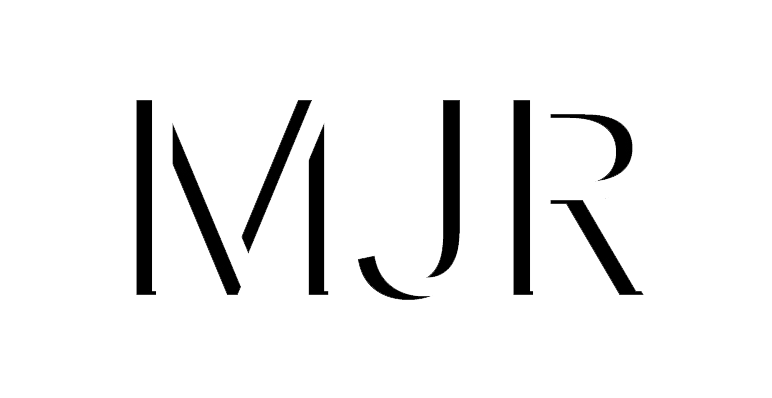Yesterday I read online that the word Spokane means “Children of the Sun.” I thought to myself, “That’s amazing! What a cool city name!” In our visit to the town last weekend I we were challenged and graciously corrected by the locals in the exact or disputed pronunciation of such streets and parks as Manito and Tekoa. This sets my mind a’ thinkin’ and before you know it I’m deep in a linguistic and cultural tangent. And here we are, 24 hours later with a little blurb on Npoqínišcn or Spokane Salishan, the language of the Native Americans of the Spokane area.
Photograph of man wearing traditional Salish dress by unknown photographer.
I know very, very little about Native American languages: Paiute Code Talkers of WWII, Kostner in Dances with Wolves, a few words of “the language of the Aztecs” via my brother. My brother also imparted upon me a sense of the difficulty of these languages grammatically, phonetically, and the writing system.
Information on this language is frightfully scarce. The closest I could find to a tutorial is a small Language Program site set up by the Spokane Tribe of Indians. It has sound files, phrases, the alphabet, some songs, and a terrifying tale of a frog and a snake in which the frog ends very badly despite his insistent “Hoy, hoy, hoy, hoys!” This isn’t a language that you’ll find a Teach Yourself… version of. Apparently it is spoken by only about 50 people, that out of a 1,000 total ethnic population in the year 2000. Extremely sad. I was pretty bummed out about that today.
Chiefs witnessing the completion of Colville Dam in 1941 (source).
Still we do what we can and celebrate what will all be gathered up by loving hands someday. Sarah G. Thomason has written a very didactic paper that summarizes the challenging characteristics of this language group. Challenging is a rather loose term. Maybe horrifically Herculean. Or sadly Sisyphus-ian. Here are just a few of the linguistic characteristics:
A. Tons o’ consonants:
1. Ejectives (or glottalic egressives): some sort of explosive, coughing “k”
2. Lateral obstruents (or voiceless alveolar lateral fricative): a breathy “l” with a dash of “w”
3. Voiced velar fricatives: think hard, gargly Gaelic “gh”
4. Voiceless glottal stop: just what it sounds like
5. And a phyrangeal approximant: choking
B. Consonant clusters:
1. Take for example the simple word for “thank you”: lemlmtš
2. Or “Where is the store?”: čen ɬuˀ sntumistn?
C. Oh yeah, and it’s written in American phonetic notation with all manner of crazy phonological import
D. Grammatical issues:
1. Agglutination: prefixes, suffixes, and infixes that make one word say a sentence
2. Some sort debatable nounlessness
3. Loose word order
As you can see it’s quite baffling. There’s nothing like looking into the world of Npoqínišcn or Old Irish to make you appreciate the relative simplicity of German or French. Check out that Spokane Language Program site and hear the native speakers. It’s quite amazing.
With that I’m off to memorize my key phrase of the day: “I’m going to Spokane!”:
čiq xʷuy č’ sƛ̕etkʷ!


